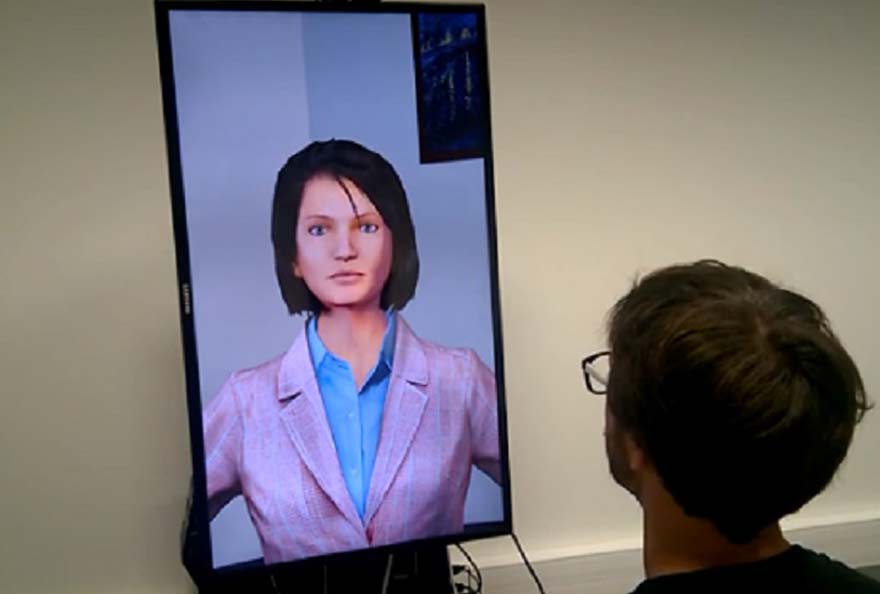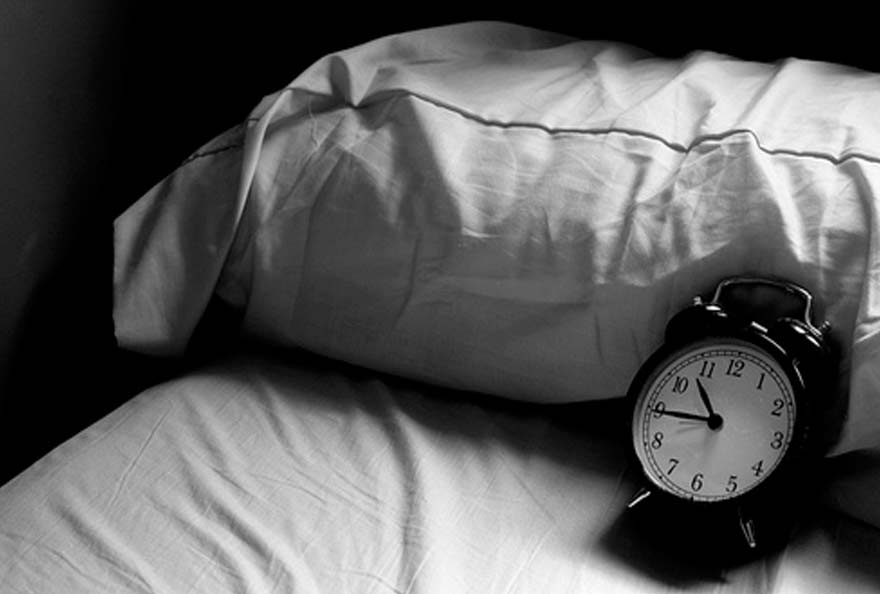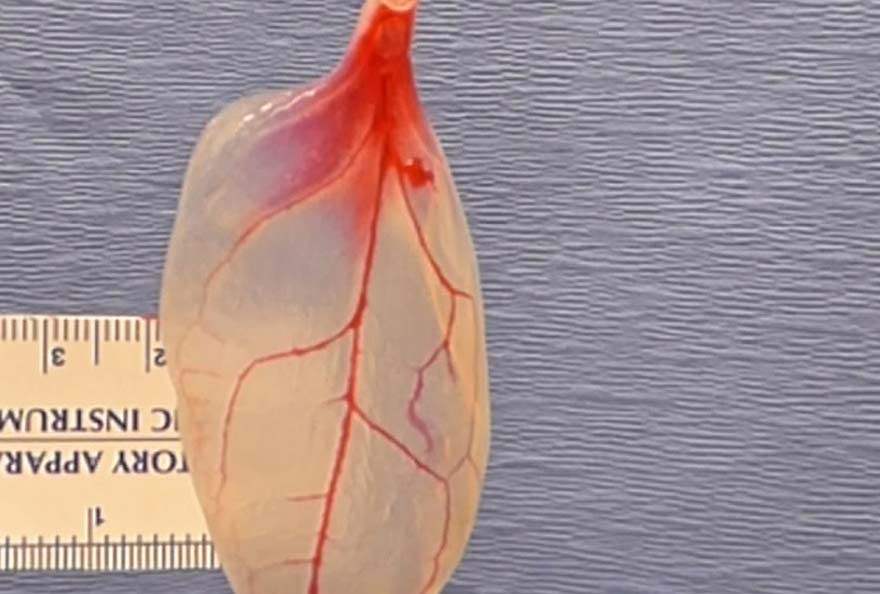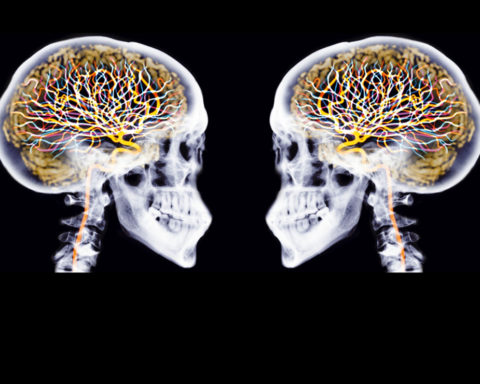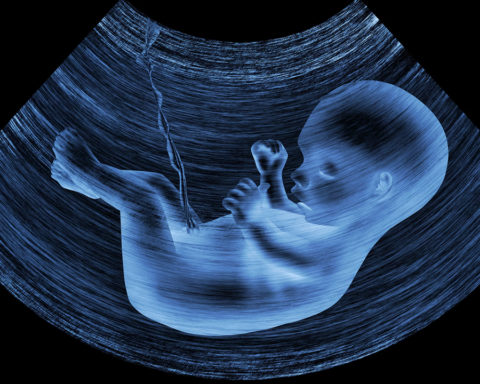Problem with the availability of doctors in your neighbourhood or village? No problem, from now on virtual humans will be able to diagnose mental disorders such as depression or those related to lack of sleep. A team of researchers in Bordeaux now has a new virtual collaborator.
Desearchers in Bordeaux have shown that it is possible to use virtual humans, which are well accepted by patients, to diagnose mental disorders such as depression, sleep disorders or alcohol addiction.
At a time when everyone consults their smartphone for all medical questions, when it is possible to download health applications, to monitor the quality of their sleep. Recent studies have shown that Apple's Siri-type conversational agents, Google now..., do not respond well to questions relating to illness or mental suffering. While these agents can provide information about the weather or a precise location, questions about health lead to limited answers that do not correspond to the expectations of suffering patients. Another problem is the low empathic power of vocal agents without physical interactions (facial emotions, etc.).
Researchers in the laboratory Sanpsy (Sleep - Addiction - Neuropsychiatry; CNRS unit and University of Bordeaux) decided to develop new numerical tools based on medical scenarios mimicking a clinical interview with empathic interactions.
They created the first "animated conversational agent" or virtual human, capable of conducting an intelligent interactive interview to diagnose depressive disorders.
This interview between a virtual human and a patient is built from a validated medical reference frame (DSM-5) enriched by sentence turns and gestural and facial interactions reinforcing the patient's involvement in the interaction.
This 179-patient study, published this month in the open-source journal of Nature, Scientific Reportshas been used to test diagnostic performance for characterized depressive disorder. The experiment was based on the identification of specific symptoms (described in DSM 5) by the animated conversational agent in outpatients.
Results indicated that the diagnostic capacity of this tool increased with the level of severity of depressive symptoms.
Second interesting result: the good acceptability by patients of this conversational agent, resembling a female virtual human named "Julia".
Researchers have been able to show that these tools work and show promise for conducting standardized clinical interviews to support consultations by physicians and health care providers.
The challenge is therefore not to replace the doctor but to assist the latter to diagnose patients not identified as depressed more quickly and possibly in the future to ensure quality medical follow-up in the patient's home. This research is part of an idea of a digital hospital, which will ensure a continuum of hospital services to patients' homes in order to increase their autonomy.
Another application: sleep disorders
Sleep disorders affect 15 to 20 % of our fellow citizens with very important medico-economic consequences. In particular, daytime sleepiness is responsible for many accidents and its detection is a major public health issue.
The development of virtual reality tools applied to the medical field is in full expansion and aims to create tools that are accessible to both the patient and the doctor in order to improve the management of pathologies.
Animated conversational agents are software derived from Affective Computing that have been used in human-computer interactions, but until now this type of software has not been applied to the field of sleep medicine.
Philip's team has created an animated conversational agent capable of conducting a medical interview to diagnose excessive daytime sleepiness based on a validated Epworth Spleepiness Scale.
32 patients and 32 healthy subjects participated in a medical interview with a sleep physician to complete the Drowsiness Scale. They then had an interview with the animated conversationalist to complete the same drowsiness scale in the same way. This work shows a very significant correlation between the scores measured by the animated conversational agent and the score measured by the sleep specialist. The majority of the subjects tested considered that the exchange with the animated conversational agent was of a pleasant nature. 65 % of the participants considered that this virtual doctor could provide significant help to the real doctor in the management of sleep pathologies.
These results, which are a first in the detection of sleep disorders, open up very interesting new perspectives in the use of virtual humans in medical care.
The expected increase in sleep complaints in the near future, linked to ageing populations and changes in life rhythms, suggests that lively conversational agents will be a key element in the management of sleep pathologies.


